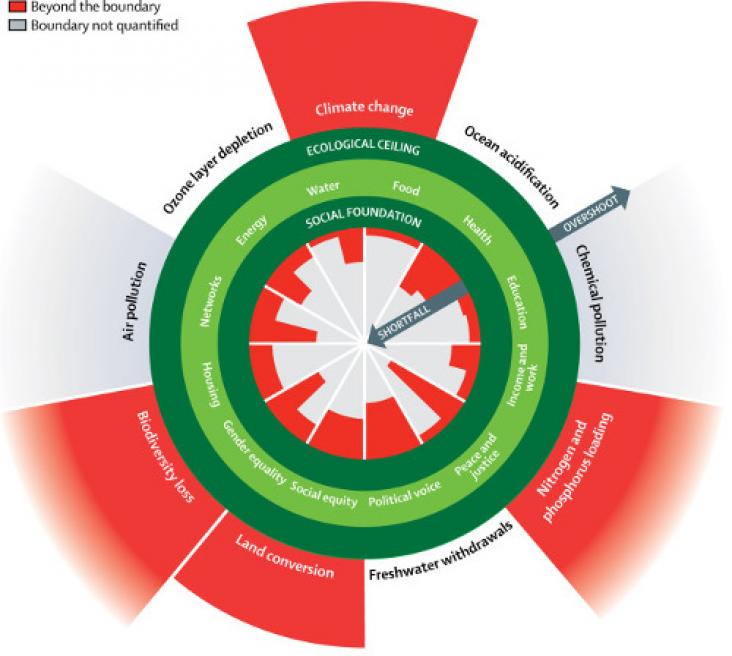Elsevier,
Principles of Gender-Specific Medicine (Third Edition), Gender in the Genomic Era, 2017, Pages 733-741
The chapter explores gender-specific medicine. It advances SDG Goal, Gender Equality, by ensuring gender is considered in treatments of illness and disease.
Our study illustrates how consumer social risk footprints can assist in achieving the Sustainable Development Goals (SDGs).
India has the world's highest burden of child undernutrition. Lack of income is considered as one of its primary causes.
This chapter advances goals 3 and 5 by reviewing advancements and challenges in breast tissue engineering, potentially used for the purposes of reconstructive surgery in women who have had breast cancer surgery.
Elsevier,
Principles of Gender-Specific Medicine (Third Edition), Academic Press, 2017, Pages 435-441.
This chapter advances SDG 3 and 5 by exploring some of the factors associated with high mortality rates in Indian girls including in the 5 to 14 age group.
Elsevier,
Principles of Gender-Specific Medicine (Third Edition), Academic Press, 2017, Pages 183-201.
This book chapter advances SDG 5 and 10 by showing that gender differences in emotion experience and expression represent some of the most robust gender stereotypes worldwide.
Elsevier,
Principles of Gender-Specific Medicine (Third Edition), Academic Press, 2017, Pages 203-217.
This book chapter advances SDG 3 and 5 by describing how autism research and diagnostic practices have been challenged in terms of androcentric assumptions and biased assessment practices, suggesting that methods are insensitive to gender differences on the spectrum. It is now recognized that girls on the autism spectrum may present differently from boys and hence their identification and subsequent needs may go unrecognized.
Background The burden of HIV in transgender women (transwomen) in Brazil remains unknown.
Background Sex workers are disproportionately affected by HIV compared with the general population.

